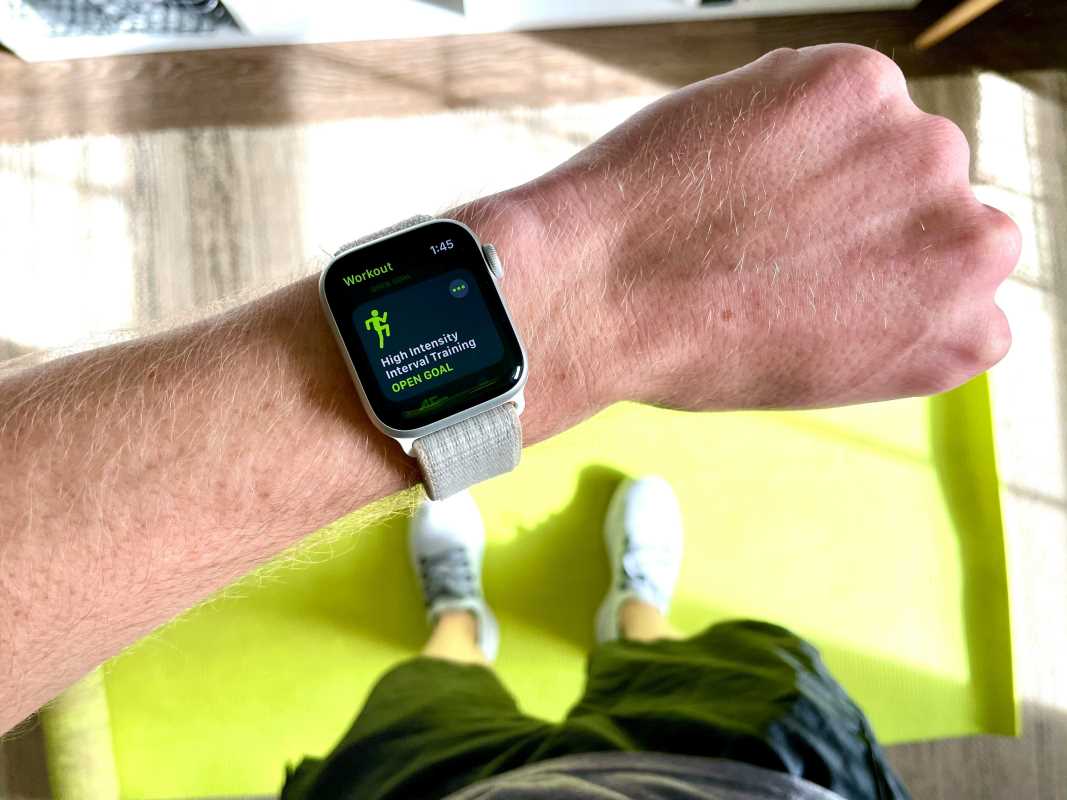Recovering from an injury can feel overwhelming, especially when it comes to staying active. It’s natural to worry about making things worse or risking re-injury. The good news? With the right plan in place, you can rebuild strength, regain mobility, and boost your confidence—all from the comfort of home. This guide will walk you through safe and effective home workout strategies designed specifically for recovery, empowering you to take control of your healing process.
Before You Begin: The Importance of Professional Guidance
Before you jump into any exercise routine, consult with a healthcare professional. Whether it’s your doctor, physical therapist, or a certified trainer with experience in injury rehabilitation, they can provide insights tailored to your specific condition. They’ll help you identify movements to avoid, exercises to focus on, and the pace at which you should progress.
Think of this step as setting the foundation for your recovery. A professional’s guidance ensures you’re working smarter, not harder, and minimizing the risk of setbacks.
Start Slow and Steady
When you’re recovering, your body needs time to adjust to movement again. Pushing too hard, too soon can lead to re-injury, so patience is key. Start with gentle, low-impact exercises that emphasize mobility and stability. Remember, progress isn’t about how fast you go but about building a routine that works for your body.
Here’s a tip to keep in mind as you begin: aim for consistency over intensity. It’s better to do smaller, manageable sessions a few times a week than to overdo it and end up needing more rest.
Safe and Effective Exercises for Recovery
Not all workouts are created equal, especially when recovering from an injury. Below, we’ve outlined some types of exercises that are generally safe for most people during their rehabilitation. As always, listen to your body and skip any movements that cause pain or discomfort.
1. Stretching
Stretching is an excellent way to improve flexibility, reduce stiffness, and promote circulation around injured areas. Focus on gentle, static stretches and avoid forcing your body into positions it’s not ready for.
- Hamstring Stretch: Sit on the floor with one leg straight and the other bent, with the sole of your foot against your thigh. Slowly reach for your toes on the straight leg, holding for 15–20 seconds per side.
- Cat-Cow Stretch: On all fours, alternate between arching your back upward (cat) and dipping your belly toward the floor (cow). This helps ease tension in your spine and lower back.
Stretching daily, even for just 10 minutes, can make a significant difference in your recovery.
2. Low-Impact Cardio
Cardiovascular exercise doesn’t have to involve running or high-intensity intervals. Low-impact options are a great way to keep your heart healthy while being gentle on your joints and muscles.
- Walking: If your injury permits, start with short walks around your home or yard. Gradually increase your time and distance as you feel more comfortable.
- Stationary Cycling: A stationary bike, especially at a low resistance, provides a smooth, impact-free workout for your legs.
- Seated Cardio: For upper-body injuries, you can try seated movements like arm circles, light punching, or even using small hand weights while seated.
Aim for 10–15 minutes of cardio to start, adjusting as needed based on your energy levels.
3. Strength Training with Resistance Bands
When you’re ready to rebuild strength, resistance bands are a gentle, adaptable tool to help you get there. These bands are easy on joints, and their levels of resistance can be adjusted to match your progress.
- Leg Lifts with a Band: Loop a resistance band around your ankles, lie on your back, and lift one leg at a time. This exercise strengthens your hip flexors and lower core.
- Seated Row: Secure a band around a sturdy chair leg. Sit down, grab the band, and mimic a rowing motion, building back and arm strength with minimal strain.
- Clamshells: With a band around your thighs, lie on your side and slowly raise your top knee while keeping your feet together. This targets your hips and glutes effectively.
Perform strength training exercises 2–3 times a week, with rest days in between to allow your body time to recover.
Listening to Your Body
Recovery isn’t a straight line, and it’s normal to have good days and not-so-good days. The key is learning to tune in to your body’s signals. A little soreness is okay, but sharp pain is a red flag to stop immediately. Tend to any discomfort with proper rest, icing (if recommended by your healthcare provider), and adjustments to your plan.
If you’re unsure whether you’re pushing too hard, track how you feel after each session. Fatigue should feel mild and manageable; if you’re left feeling drained or in pain, scale back.
The Power of Patience and Consistency
Progress might feel slow at first, but remember that small, steady steps lead to big results over time. Celebrate each milestone you reach, whether it’s holding a stretch longer or increasing the reps in a strength exercise. These victories are proof of your body’s incredible ability to heal and adapt.
If you struggle with motivation, try setting achievable weekly goals, like completing three 15-minute workouts. You can also mix in exercises you enjoy to keep things interesting, whether it’s yoga videos or light dancing for cardio.
You have what it takes not only to recover but to come back stronger than before. Stay consistent, trust the process, and know that every effort you make is a step toward reclaiming your strength, mobility, and confidence. Keep moving forward—you’ve got this!
 (Image via
(Image via




.jpg)
